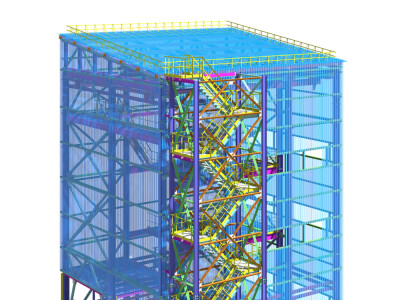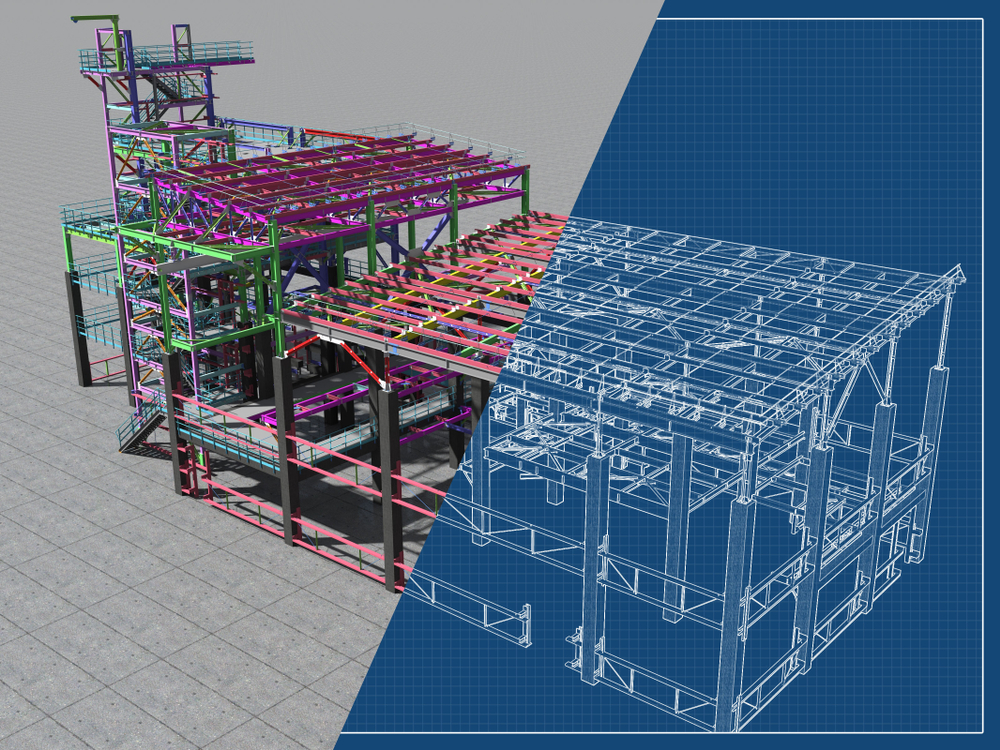BIM is not a new class of technology, particularly in the context of an AEC industry that is increasingly using cutting-edge technologies. Depending on who you ask, the concept dates as far back as the 1970s, and it was around the turn of the century when the idea of a “Building Information Model” became a widely accepted term. However, it has been a long road to the technology being widely used across the industry, a process that is still ongoing. With that being said, the last decade or so has brought a massive uptick in the use of BIM across projects, thanks to a variety of reasons including improved software capabilities, visualization tools, regulations, and more.
As one of the leading technology providers for construction firms around the globe, Procore has long recognized the importance of BIM and has offered tools for BIM workflows for years now. Now, they are diving deeper into the space to ensure their users have “supercharged” capabilities. That terminology comes from a recent news release from the company, which announced two acquisitions this week – acquiring Novorender and FlyPaper – with both aimed at taking their BIM offerings to the next level.
While each of these companies is firmly within the BIM landscape, they occupy two different pieces of this ecosystem. Novorender, for example, is for viewing BIM models. While that may sound simple on the surface for those who don’t work with these models, those who do recognize right away how important it is to have a powerful engine for streaming what can often be massive files of BIM data, and Novorender allows for that viewing to be done on any browser. FlyPaper, meanwhile, is an analysis tool that, among other capabilities, streamlines processes for identifying potential clashes within a model. In a recent conversation with Geo Week News, Procore Chief Product Officer Wyatt Jenkins says that the acquisitions will be mostly integrated into Procore’s systems before the end of the year.

In talking about why the acquisition was made, Jenkins mentioned the growth of BIM, as well as the growth of Procore itself, as a motivation to make the moves. The company, as noted, is not a newcomer to BIM, but Jenkins acknowledged that its interest in the space has increased over the last 18 months or so, in part because the company is branching out to more global markets. He notes that they have been expanding “more aggressively” into Europe and APAC, two regions in which BIM is more ubiquitous. He went on to say that, even compared to other types of solutions that are becoming more common in AEC, BIM is central to the industry’s future.
“BIM is different,” he said. “It’s core. It’s the best data aggregator we have in this industry that helps you from planning all the way through the course of construction, through to asset management, and creating a digital twin. To be the leading construction platform in the world, we have to win BIM.”
As noted above, Novorender and FlyPaper each serve specific needs within the BIM workflow, and Jenkins acknowledged that each was an area of need they heard about from their customers. With FlyPaper, he says that many of their users were already using the platform, and integrations were already in place between the two systems. To illustrate the power of the platform, he described a hypothetical scenario where a model shows a design clash between a steel beam and a pipe, with that same design repeated across 40 rooms in the model. Traditionally, it would be a cumbersome task to address this issue across all 40 spots, but with FlyPaper, artificial intelligence can be used to employ a single change across the different models.
“People are saving days of time with FlyPaper and the AI-driven clash detection. It’s pretty powerful,” Jenkins told Geo Week News.
Similarly, the model streaming engine from Novorender is a game-changer in Jenkins’ view, as he calls the tech behind the engine “fantastic.” For the Procore users, the product won’t look all that different once the integration fully goes through, but under the hood, they’ll swap out the current engine with Novorender’s. Hammering home the power of this engine compared to traditional BIM viewing engines, particularly for large infrastructure projects that contain massive amounts of data to make the model, Jenkins compared it to how we watch movies and TV.
“It’s sort of like the difference between the old school days of having a tape that you had to fast-forward and rewind versus Netflix streaming, where you can go to any point in a movie and it just kicks off from there. Customers fall out of their chairs the way we did when we got Netflix.”

While these acquisitions were just announced this week, Procore had already implemented integrations with these solutions. So, why make these acquisitions instead of continuing to deepen these integrations? Jenkins told Geo Week News that it came down to technology, talent, and location. With technology, he specifically pointed to Novorender’s streaming engine, which he said, while not “uncopyable,” the acquisition gives them a “multi-year jump on anybody else.” He also pointed to Novorender’s base in Norway provides the added benefit of giving Procore more of a presence in the Nordics, an area he says has “pushed even harder than Europe and the UK in using models in projects.” Finally, regarding both acquisitions, he said that these deals ultimately crossed the finish line because of “great culture fit, and great shared alignment around a common vision.”
Ultimately, these acquisitions that strengthen Procore’s place in the BIM space are a piece of the puzzle toward the company’s vision of its future. Jenkins also pointed to an acquisition last year of Unearth, a mapping solution, as another piece of that puzzle to ultimately serve their users in multiple formats.
“The future of where we’re headed is that Procore will be multimodal,” Jenkins said. “Say I got an observation or an RFI. Cool. I want to see it in the drawing? Click. I want to see it on a map? Click. I want to see it in a model? Click. Our customers will be able to see context of where they are in the project via all of these different formats, and all have good reasons behind them.”






